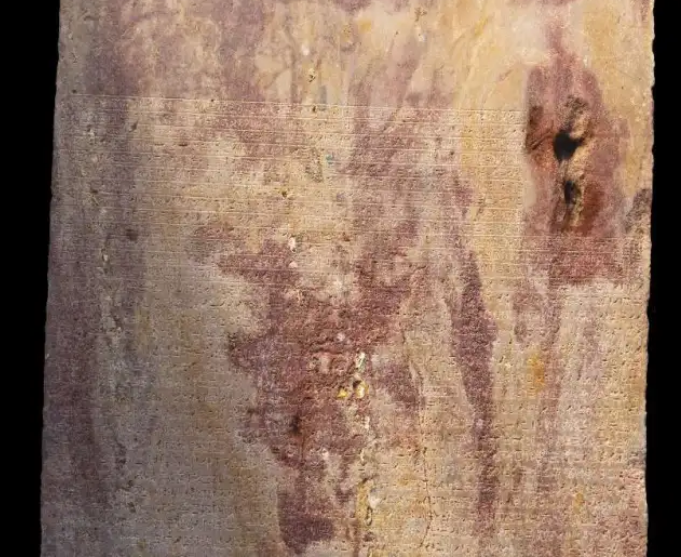Rare hieroglyphic copy of Canopus Decree unearthed in Sharqiya, Egypt

The Egyptian archaeological mission affiliated with the Supreme Council of Antiquities has uncovered a stone stela at Tell al-Faraun in the city of Husseiniya, Sharqia Governorate, representing a newly found complete copy of the famous Canopus Decree.
The decree was originally issued by King Ptolemy III in 283 BC, when senior priests gathered in the city of Canopus (east of Alexandria) to venerate King Ptolemy III, his wife Berenice, and their daughter, and to distribute the decree’s text across Egypt’s major temples.
This marks the most significant discovery of its kind in more than 150 years, as no new complete version of the decree had been found since that time.
Minister of Tourism and Antiquities, Mr. Sherif Fathy, emphasized that the continuous achievements of Egyptian missions add new chapters to the history of Egypt’s great civilization. He highlighted that the discovery sheds light on the archaeological importance of Sharqia Governorate, which still holds treasures that continue to amaze the world. He further stressed the ministry’s full support for all archaeological missions in Egypt to ensure the proper environment for more distinguished discoveries.
Dr. Mohamed Ismail Khaled, Secretary-General of the Supreme Council of Antiquities, noted that the importance of this discovery lies in the fact that it is a newly uncovered complete version of the Canopus Decree, found after more than a century and a half. He explained that this contributes significantly to deepening our understanding of royal and religious texts from the Ptolemaic era and enriches our knowledge of ancient Egyptian history and language.
